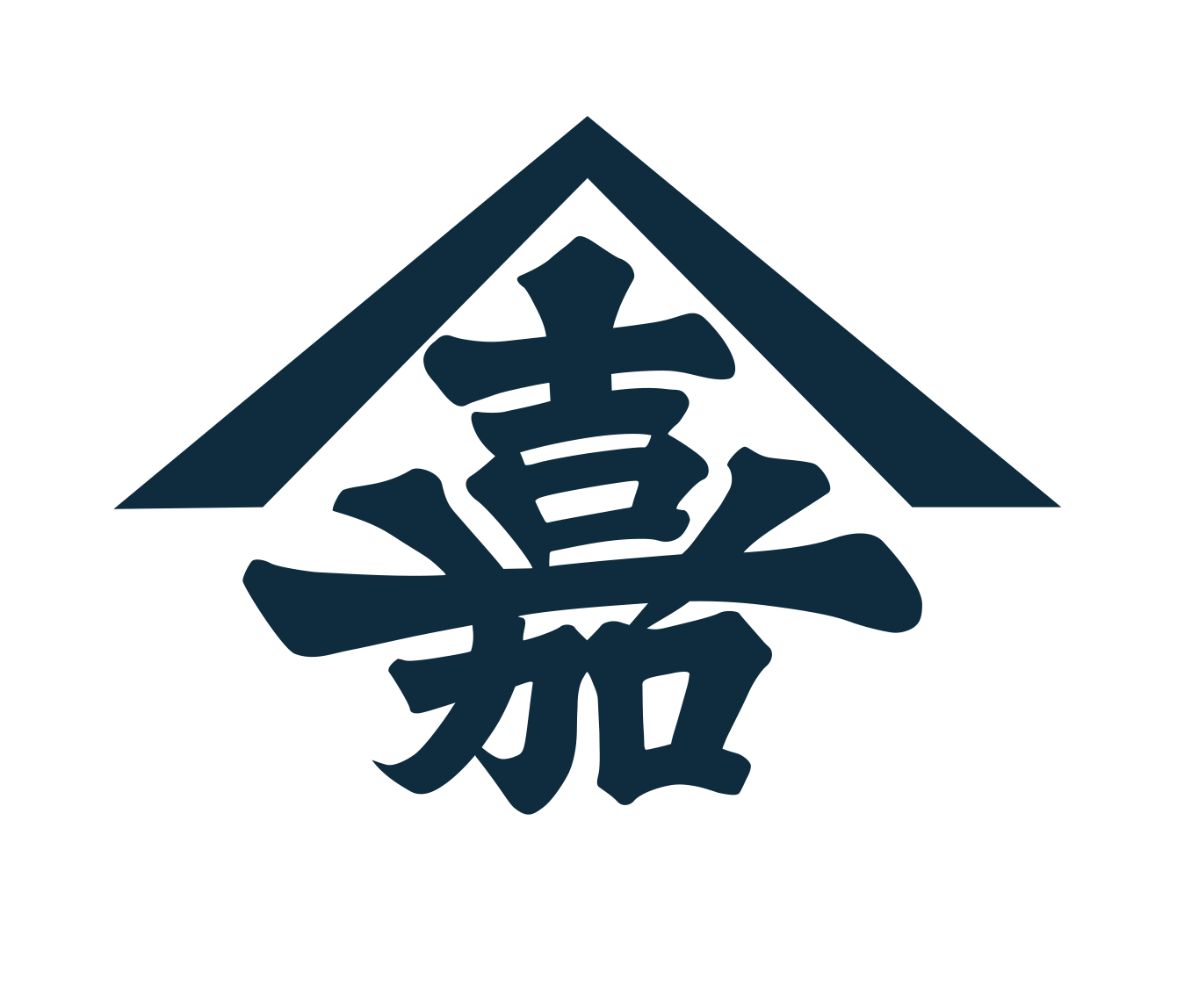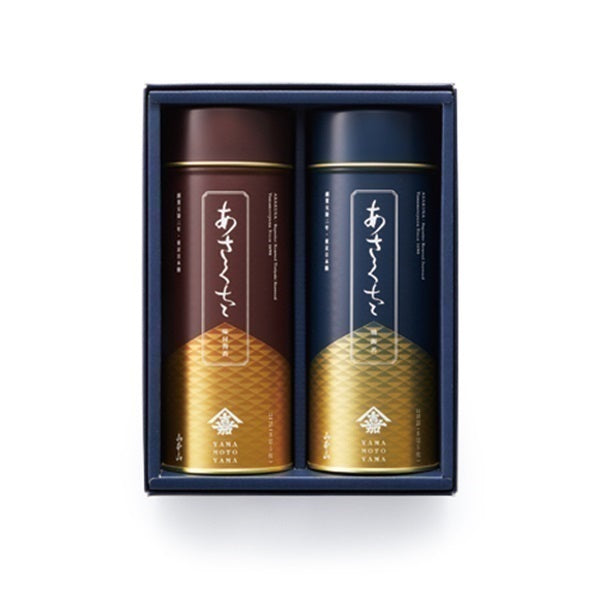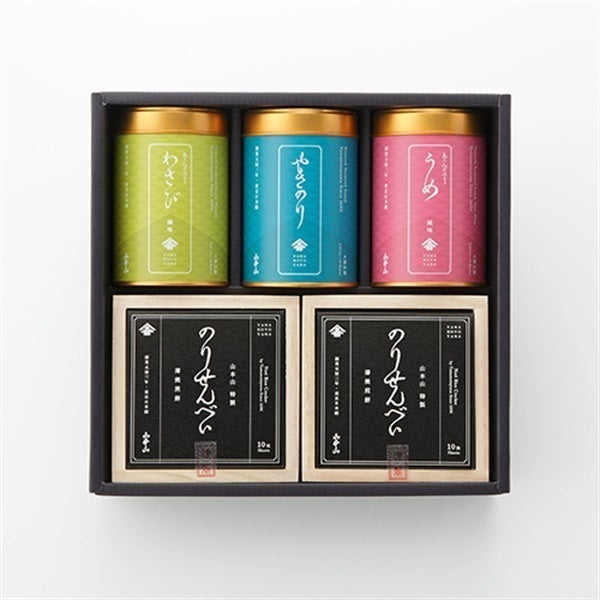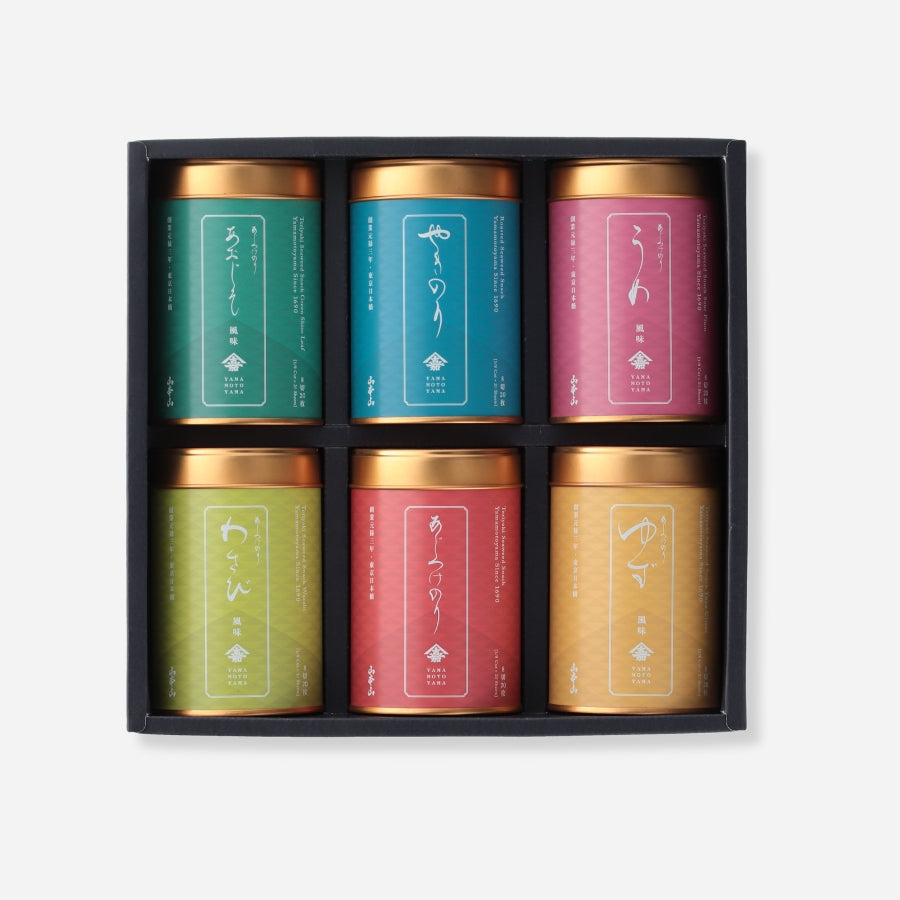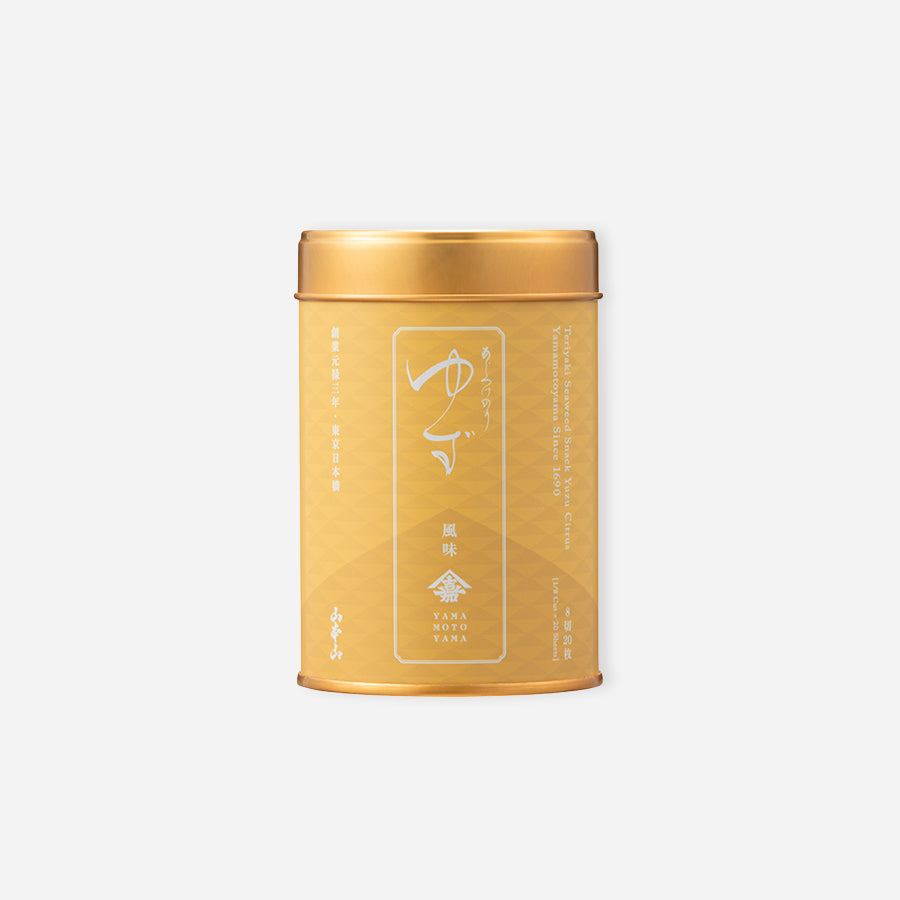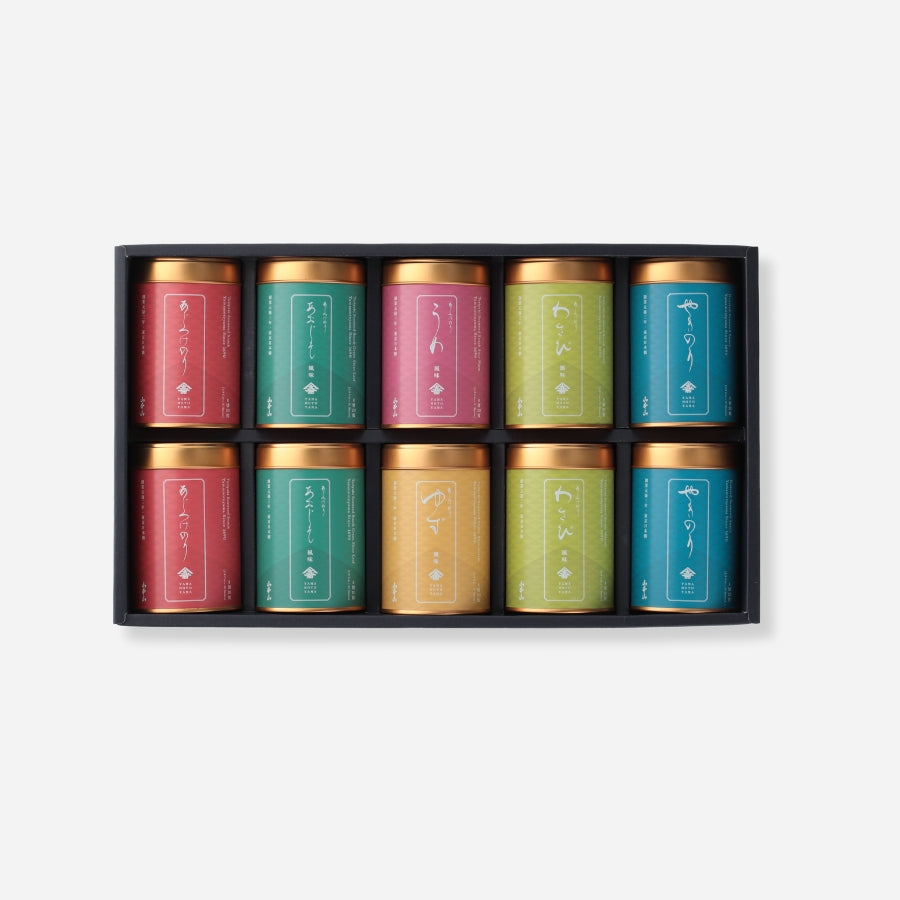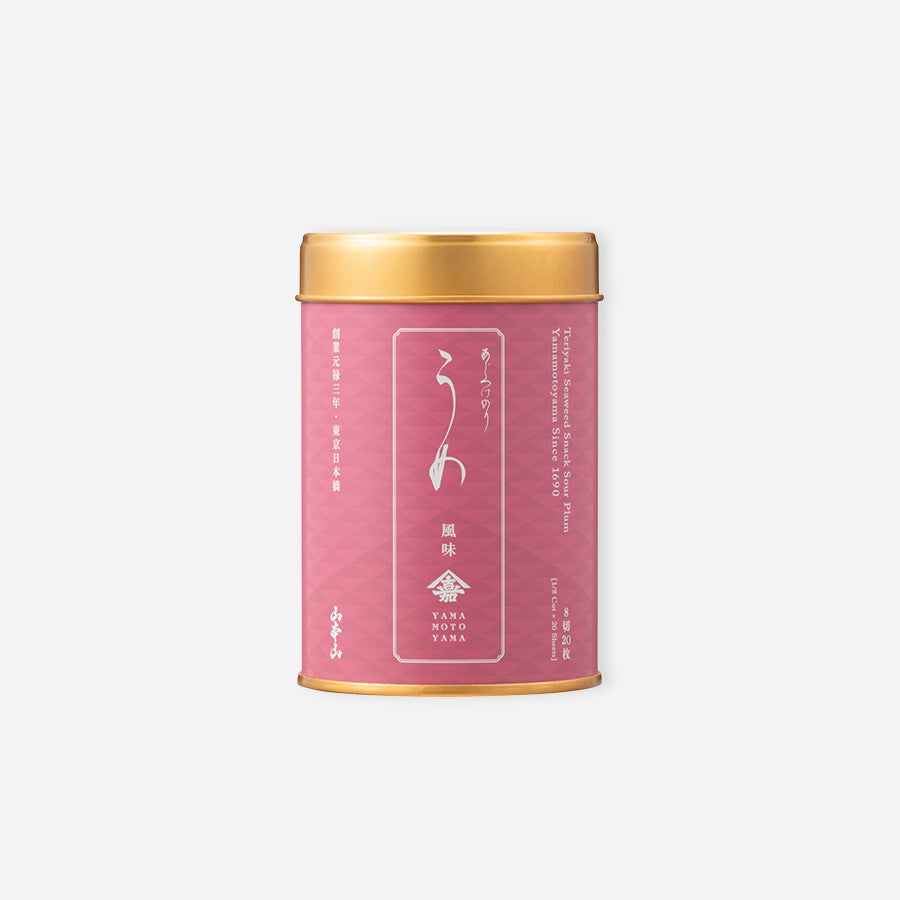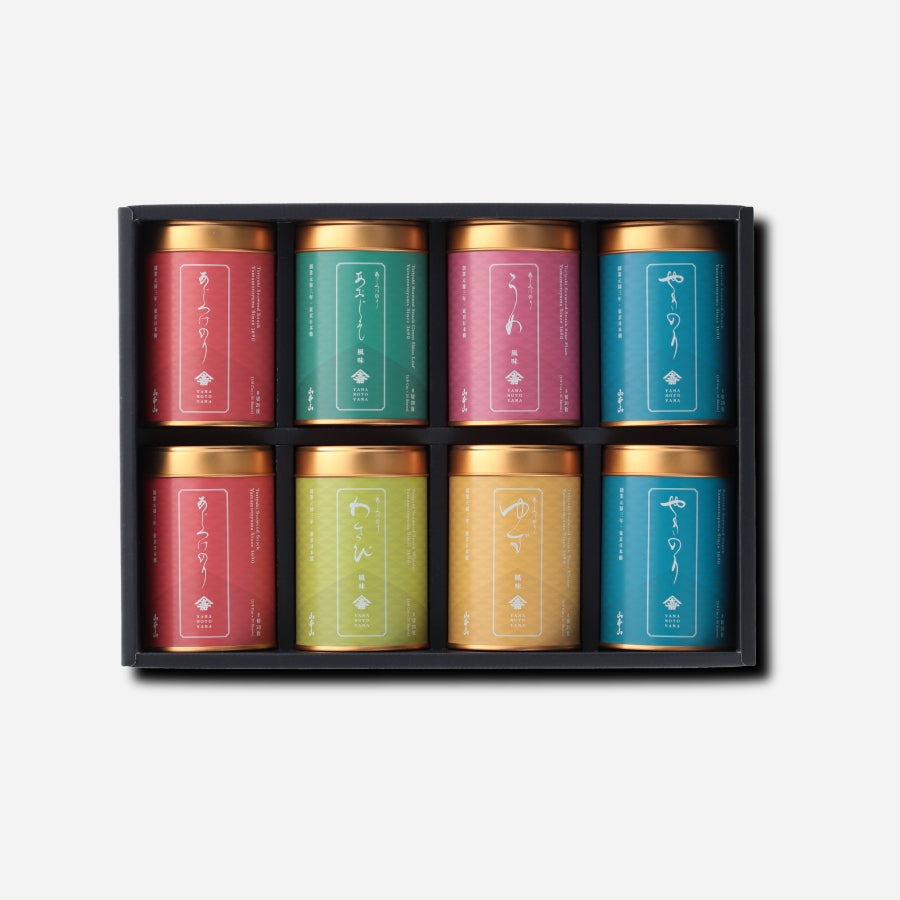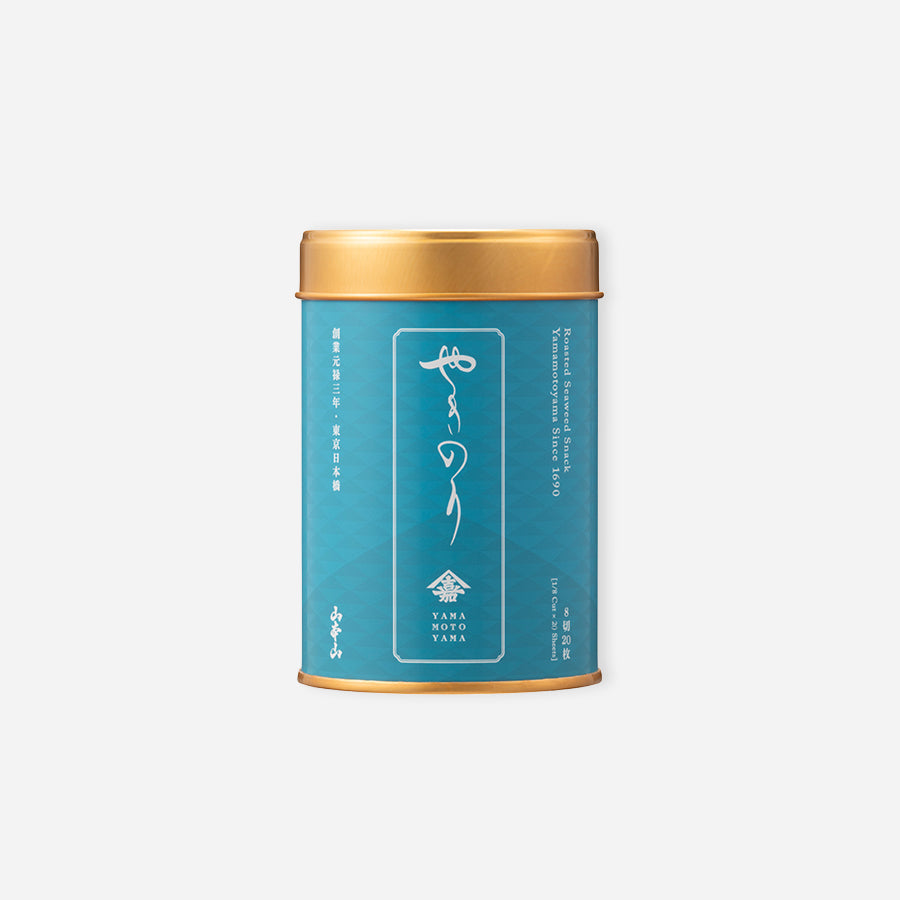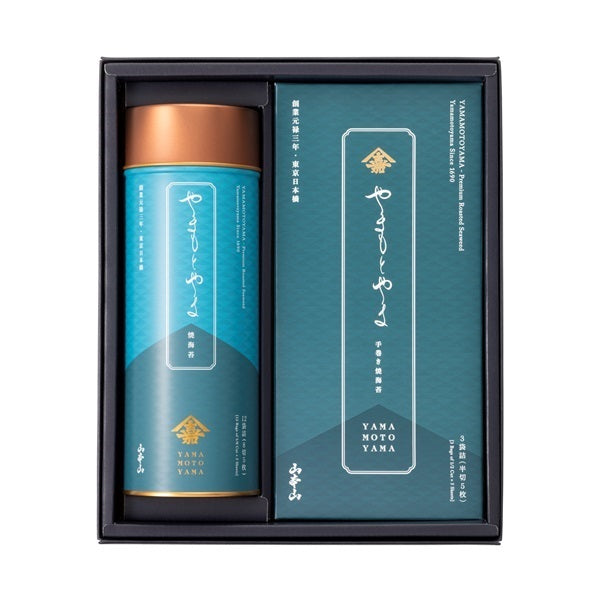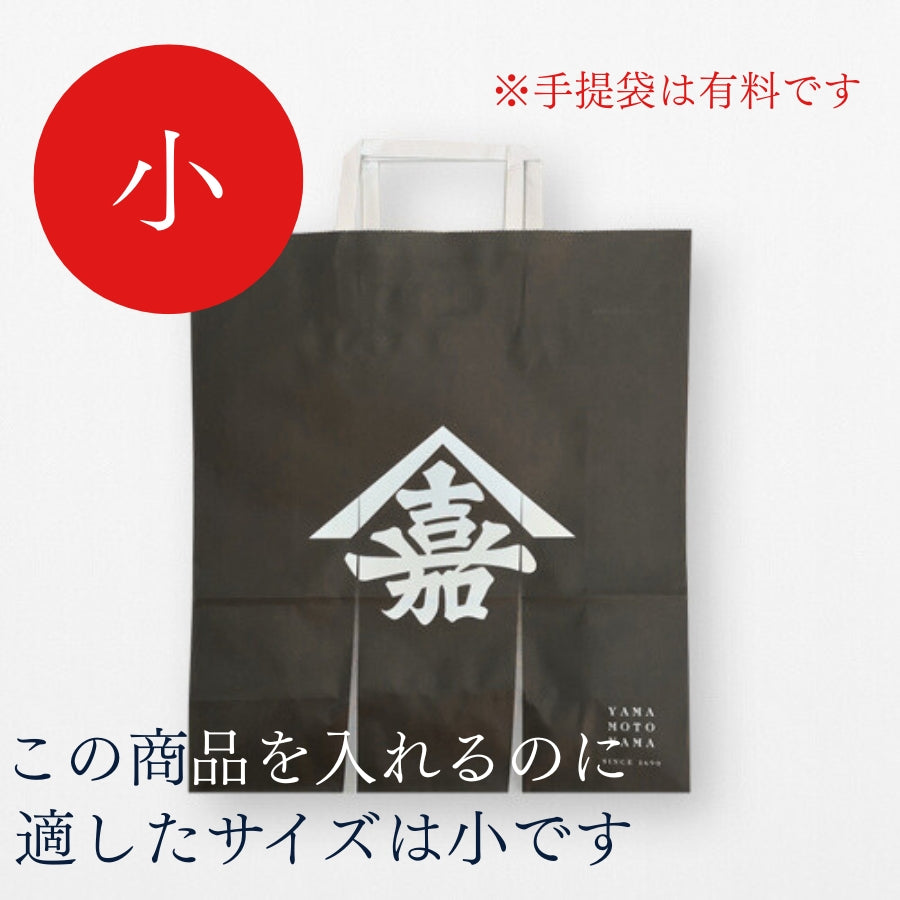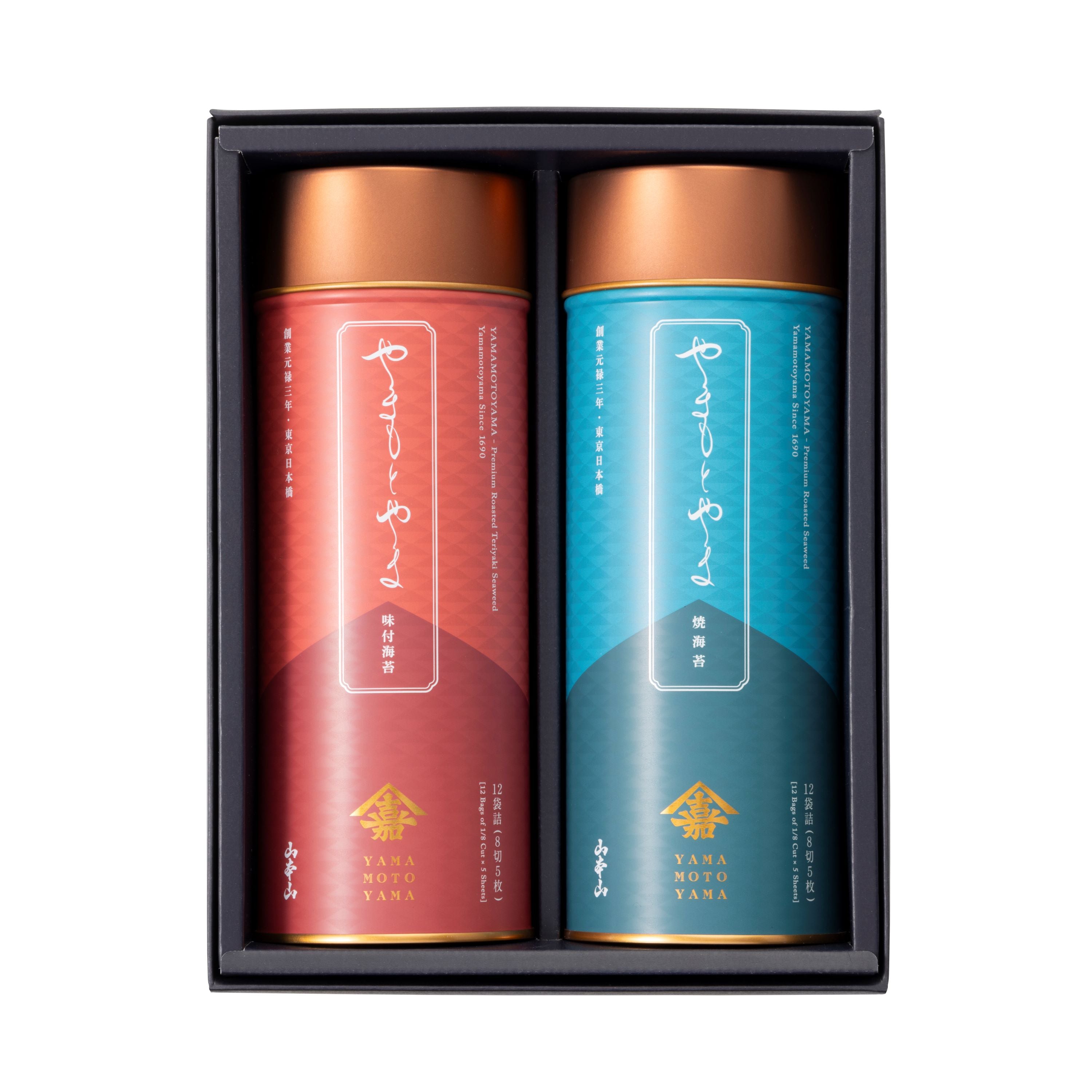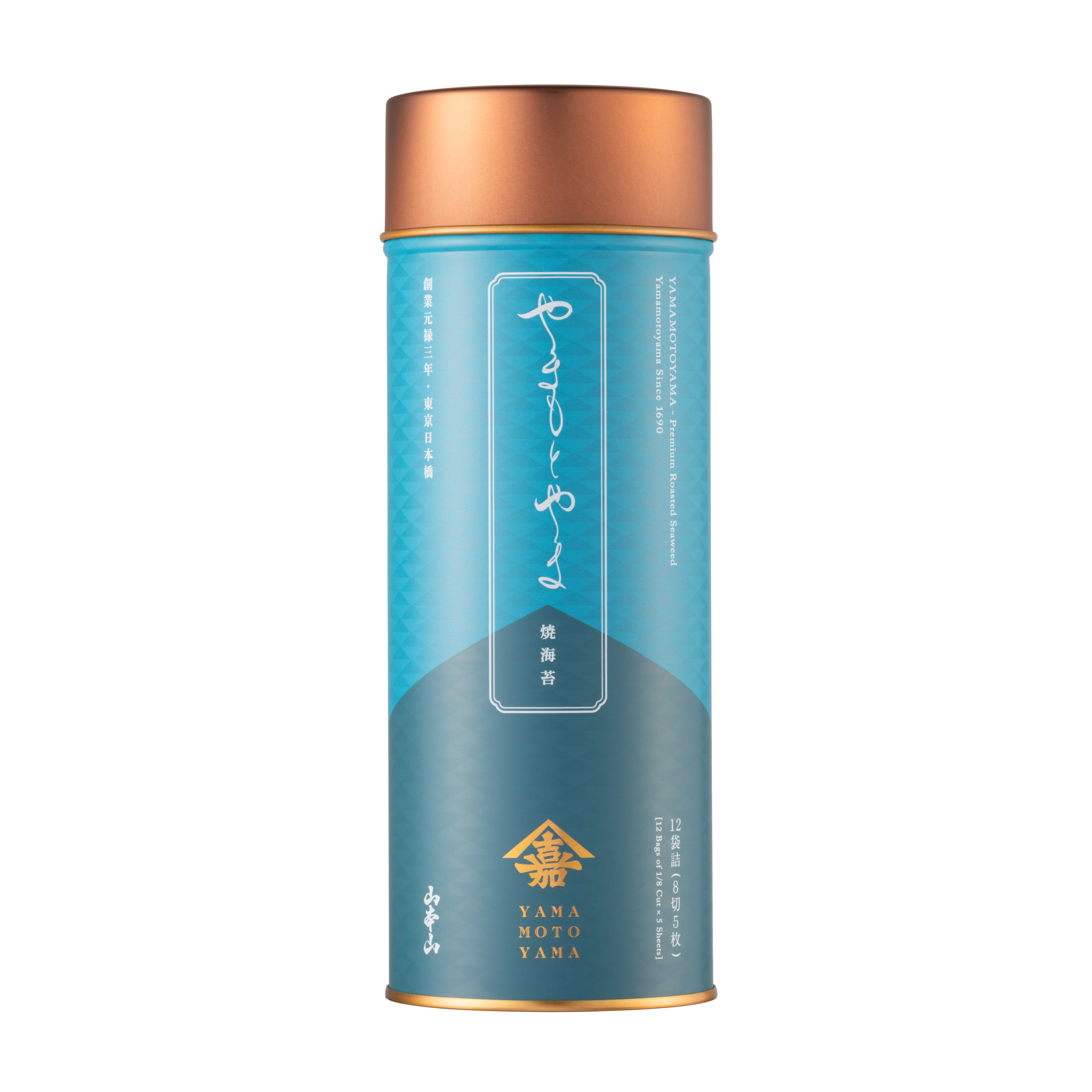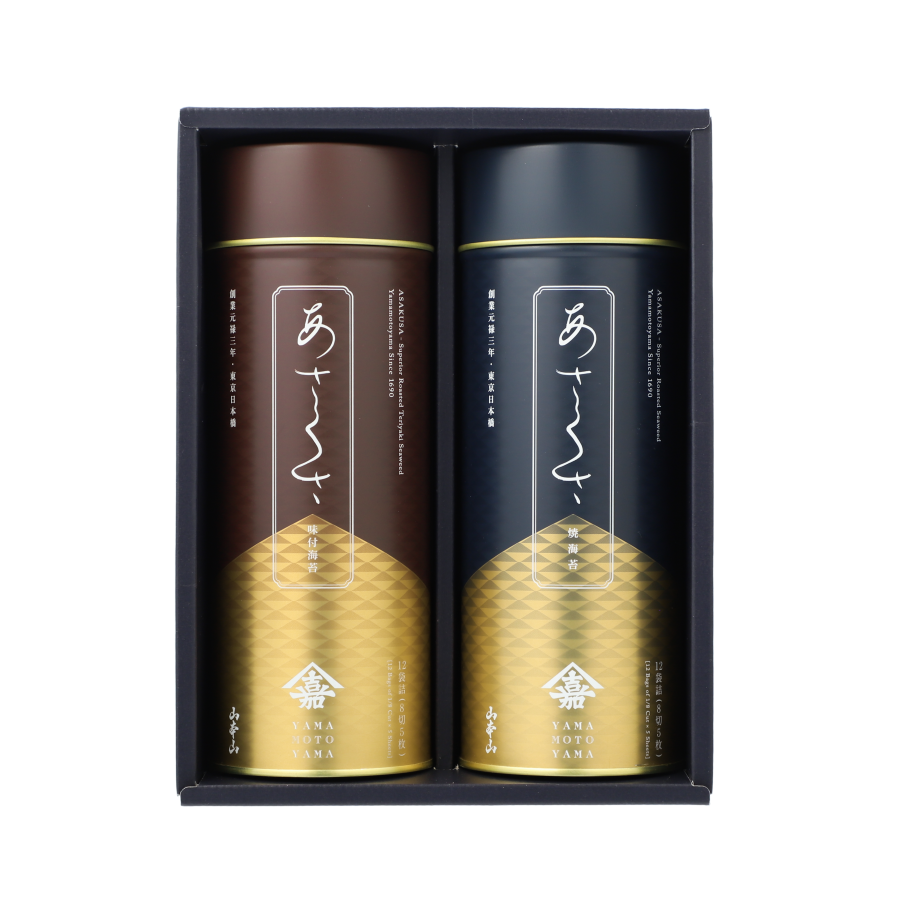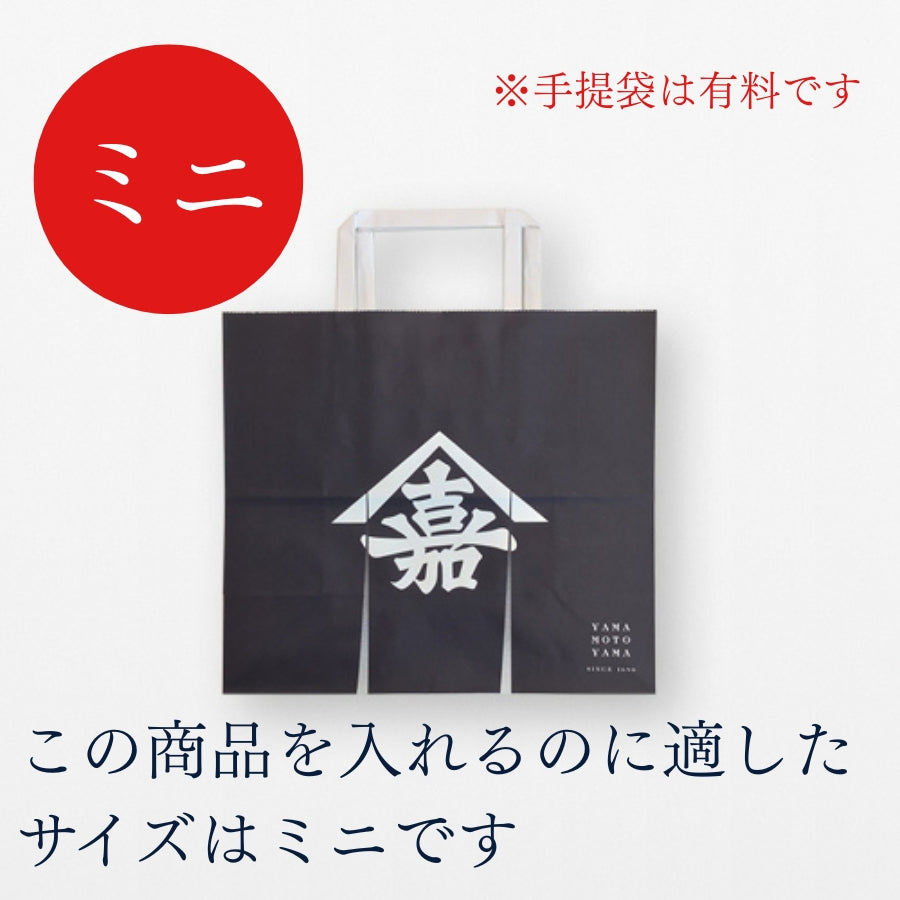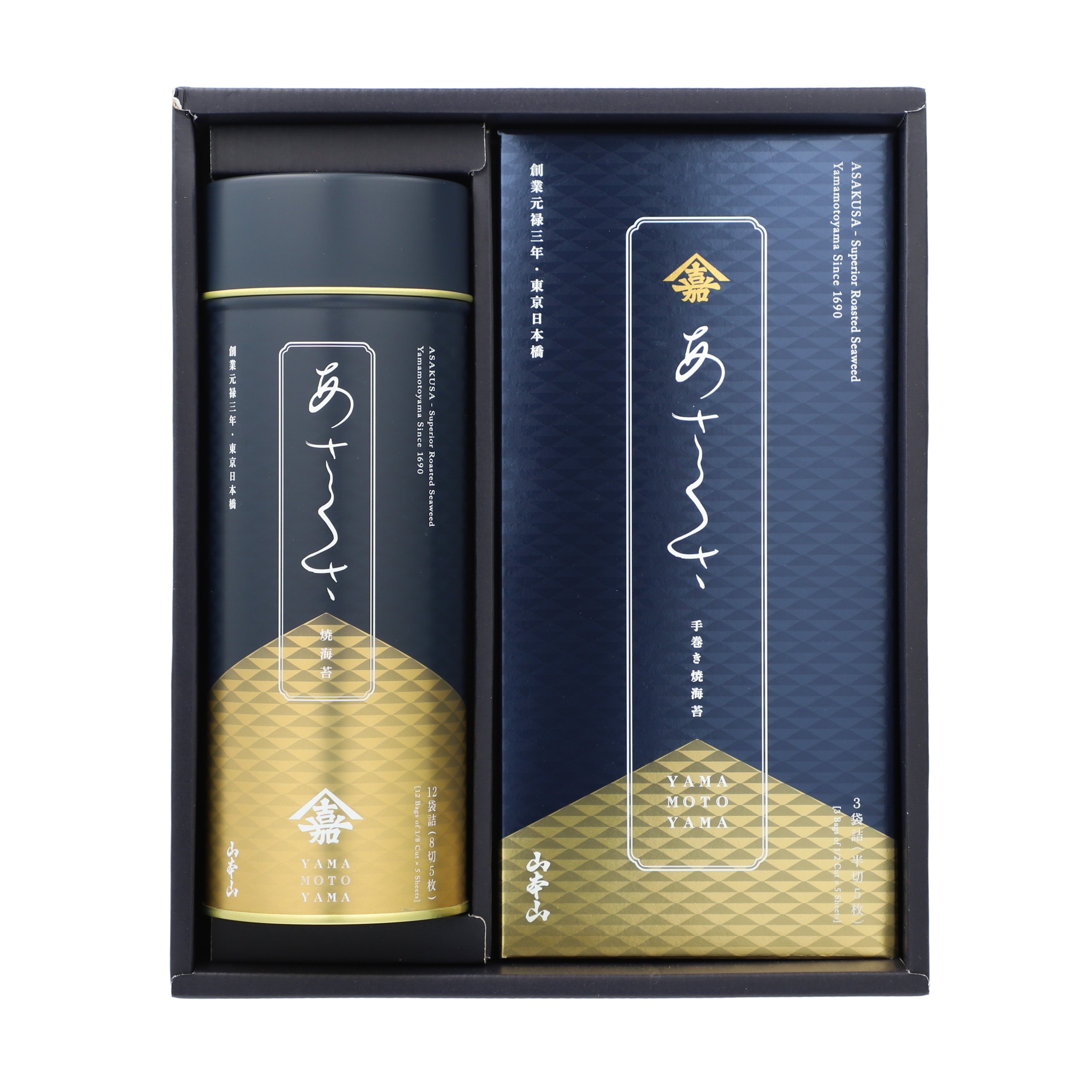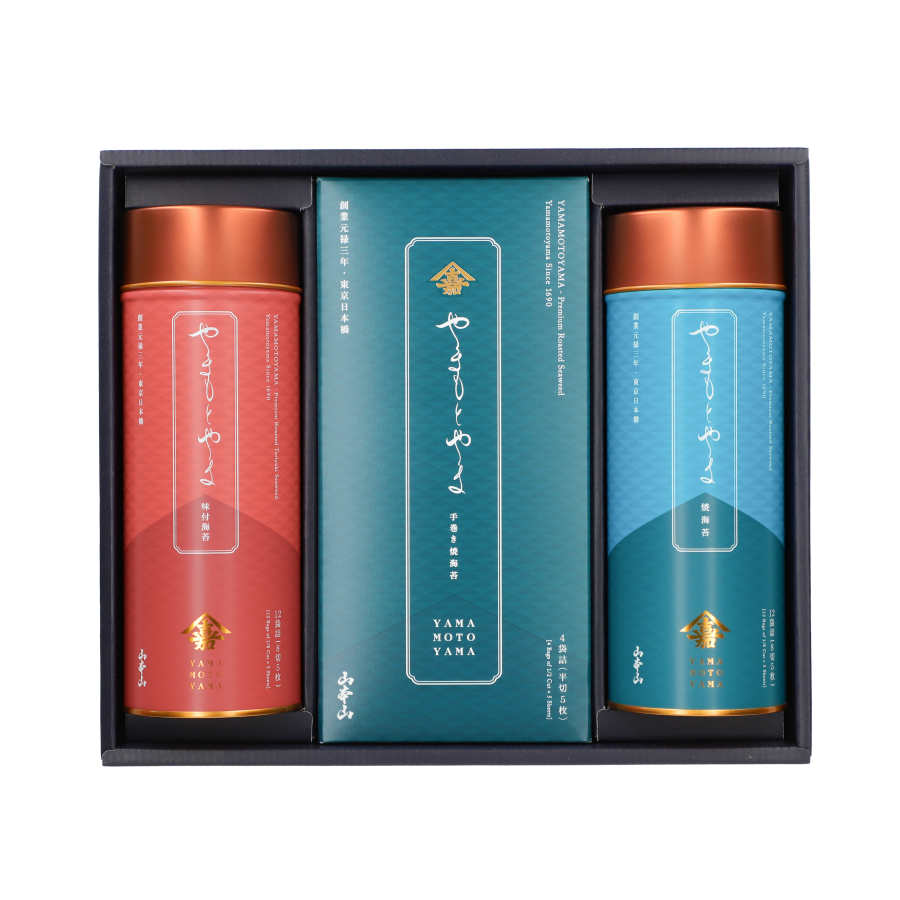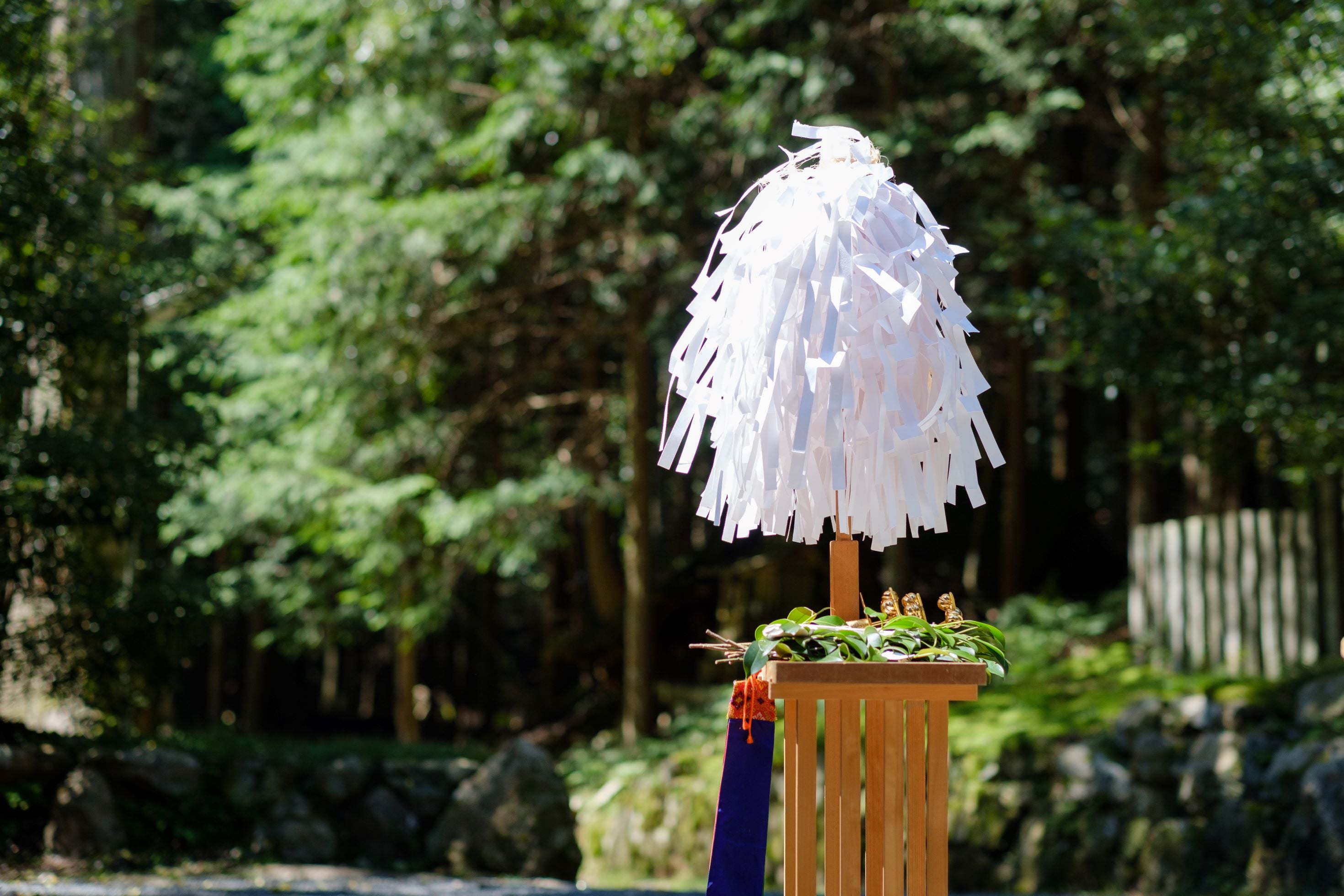
A very popular gift! Why high-quality seaweed is chosen as a gift [Introducing Yamamotoyama's recommended gifts]
Reasons why high-quality seaweed is chosen as a gift
In fact, nori seaweed is one of the most auspicious foods, which is why it is highly valued as a gift, especially during the year-end and mid-year holidays.
Nori used to be called "Unkusa" (lucky grass). It was only in the 1950s that the method of producing nori was discovered. Until then, the biology of nori was not fully understood, and the harvest yield was unstable. It was truly something that could only be harvested if you were lucky.
Nori was once considered a luxury item
By the way, nori seaweed was once a "super luxury item" that was out of reach for ordinary people.
Moreover, its history is older than you might imagine, and it was even used as a tribute to the Imperial Court during the Asuka period.
And even in the Edo period, about 900 years later, nori continued to be presented as a gift to the Tokugawa family. In fact, Tokugawa Ieyasu was a big fan of nori, and it is said that this led to the spread of nori farming, centered in Shinagawa, Tokyo, during the Edo period.
To be honest, nori seaweed is no longer thought of as a luxury item, and is a common sight in every household, but it has been given as a gift for over 1,500 years, and it is quite moving to think that this culture has been passed down to the present day. 
Continuing to focus on reliable quality
Continuing tradition means respecting timelessness and fashion.
For over 330 years since its founding, Yamamotoyama has remained uncompromising in its commitment to quality, driven by the desire to preserve for future generations the flavors and rich aromas of ingredients produced by Japan's natural environment.
All of this stems from our desire to let more people know about and enjoy tea and seaweed. We will continue to deliver Edo culture and flavors along with the thoughts of the makers.
